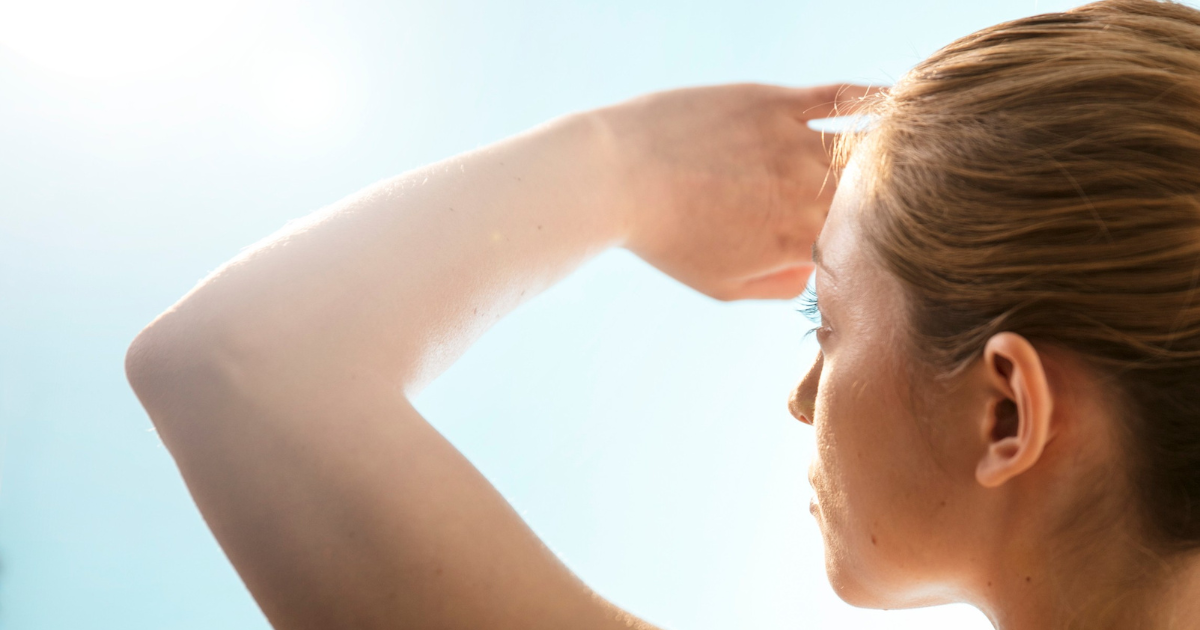Chemical Peels 101: How Often Is Too Often?
Chemical peels are a powerful skincare treatment that exfoliates the skin, improves skin texture, and helps treat fine lines, wrinkles, acne scars, and hyperpigmentation. But how often should you get a chemical peel?
The answer depends on the type of peel, your skin type, and your skincare goals. Light peels can be done every few weeks, while medium and deep peels require more time between treatments. Over-exfoliating can damage your skin barrier, so it’s important to follow the right schedule.
Here’s everything you need to know about chemical peel frequency, risks, and aftercare to get the best results.
Types of Chemical Peels and How Often to Get Them
Different peels target different skin concerns and require different healing times.
Light Chemical Peel: Every 2-4 weeks
Medium Chemical Peel: Every 3-6 months
Deep Chemical Peel: Once in a lifetime (or every few years)
Light Chemical Peels
Light chemical peels are ideal for treating mild acne scars, dull skin, uneven skin tone, and fine lines. They use gentle exfoliating acids like glycolic acid, salicylic acid, and lactic acid to remove the outermost layer of dead skin cells, revealing a smoother, more radiant complexion. Since they involve minimal downtime, light peels can be done every 2-4 weeks to maintain healthy, glowing skin.
Medium Chemical Peels
Medium chemical peels are more intensive and target moderate wrinkles, sun damage, and hyperpigmentation. These peels typically contain trichloroacetic acid (TCA) or stronger glycolic acid formulas, allowing them to penetrate deeper into the skin. Because they involve more peeling and recovery time, they should be done every 3-6 months to allow the skin to fully heal and regenerate.
Deep Chemical Peels
Deep chemical peels provide long-lasting results by addressing severe wrinkles, deep acne scars, and precancerous growths. They use phenol or high-strength TCA to reach the deeper layers of the skin, leading to dramatic improvements in skin texture and tone. However, these peels require weeks of recovery and should only be performed once in a lifetime or every few years due to their intensity.
Factors That Affect How Often You Should Get a Chemical Peel
The ideal chemical peel schedule depends on several personal factors:
1. Skin Type and Sensitivity
If you have sensitive skin, frequent chemical peels may cause irritation and inflammation. People with oily or acne-prone skin may benefit from more frequent light peels to help control breakouts.
2. Skincare Goals
For anti-aging: Light peels every 4 weeks can help stimulate collagen production and smooth fine lines.
For acne-prone skin: Salicylic acid peels every 2-3 weeks can help clear clogged pores and reduce breakouts.
For hyperpigmentation: Medium peels every 3-6 months can help fade dark spots and even out skin tone.
3. Sun Exposure & Lifestyle
If you spend a lot of time outdoors, frequent peels can make your skin more vulnerable to sun damage. Always wear broad-spectrum sunscreen after a peel to protect your skin.
What Happens If You Get Chemical Peels Too Often?
Over-exfoliation can damage your skin barrier, making it more sensitive and prone to irritation. Signs of excessive chemical peels include:
Persistent redness and dryness
Increased sensitivity to skincare products
Hyperpigmentation or uneven skin tone
Breakouts due to a compromised barrier
To avoid these issues, stick to the recommended peel frequency and follow a proper post-peel skincare routine.
Aftercare Tips for Chemical Peels
To maximize your results and prevent irritation, follow these aftercare tips:
Avoid sun exposure and wear SPF 30+ daily to protect newly exposed skin.
Use hydrating products like hyaluronic acid to support skin healing.
Avoid harsh exfoliants (scrubs, retinol, or strong acids) for at least a week.
Keep skin moisturized with fragrance-free, gentle skincare products.
Achieve Your Best Skin
Chemical peels offer amazing benefits for skin renewal, anti-aging, and acne treatment, but getting them too often can do more harm than good. The ideal frequency depends on your skin type, concerns, and the type of peel you choose.
For the best results, consult a licensed skincare professional who can recommend the right type and frequency of peels based on your unique needs.
Ready for glowing, healthy skin? Contact us today to learn more about chemical peels and find the perfect treatment plan for you.
FAQ
What are chemical peels, and how do they work?
Chemical peels are treatments that use a chemical solution to remove dead skin cells. This makes the skin look smoother and more youthful. The solution is applied to the skin, causing it to peel off, revealing new skin beneath.
What are the different types of chemical peels?
There are three types of chemical peels: light, medium, and deep. Light peels use mild acids to gently remove the top layer of skin. Medium peels use trichloroacetic acid to treat deeper issues like wrinkles and acne scars. Deep peels, the strongest, use phenol to address severe damage and precancerous growths.
How often should I get a light chemical peel?
You can get a light chemical peel every 2-4 weeks. These peels have little downtime and help keep your skin healthy and glowing. But, it's best to talk to a skincare professional to find the right schedule for you.
How long should I wait between medium chemical peels?
Medium peels need more time to heal than light peels. It's best to wait 4-6 months between them. Your skincare provider will help you find the best time frame for your skin.
Can I get chemical peels too frequently?
Yes, getting peels too often can harm your skin. It can cause irritation, sensitivity, and damage the skin barrier. Always follow the recommended frequency and let your skin heal between treatments. A skincare professional can help you avoid over-exfoliating.
How can I maintain the results of my chemical peel?
To keep your skin looking good after a peel, follow a good skincare routine. Use gentle cleansers, moisturizers, and protect your skin from the sun. Your skincare provider can recommend products to help your skin heal and stay healthy.



